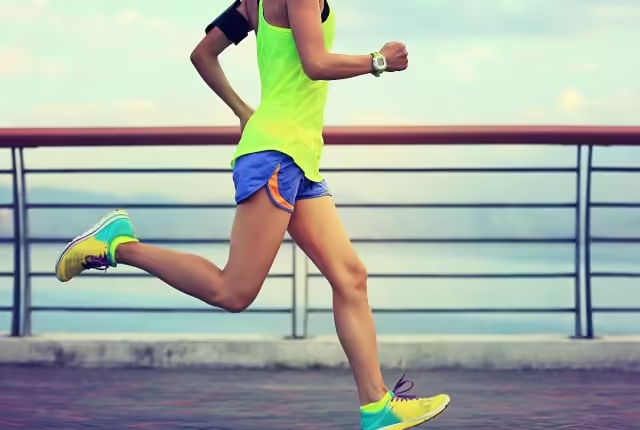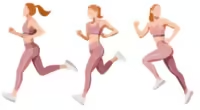Have you ever questioned whether it’s necessary to have different shoes for walking and running? You’re not alone in pondering this. It’s a common inquiry among fitness enthusiasts and casual exercisers. As someone who has guided athletes and clients through various training routines, I can attest that the type of footwear you choose is more important than you may realize. The correct shoes can boost your performance and decrease the risk of injury. However, determining whether you should buy walking shoes, running shoes, or both can be a challenge.
Although walking and running shoes may appear similar at first glance, they each serve distinct purposes due to the nature of the activities. Walking is considered low-impact, while running is high-impact and places greater stress on your joints. Consequently, your shoes must cater to these differences. Wearing the incorrect type of shoe during your workout can result in discomfort, subpar performance, and potential injuries in the long run.
Is it truly essential to own two separate pairs of shoes for walking and running? Let’s delve into the main variations between the two shoe types, the specific features to consider in each, and how to determine if investing in a second pair of shoes is a wise decision.
Understanding the Differences Between Walking vs. Running
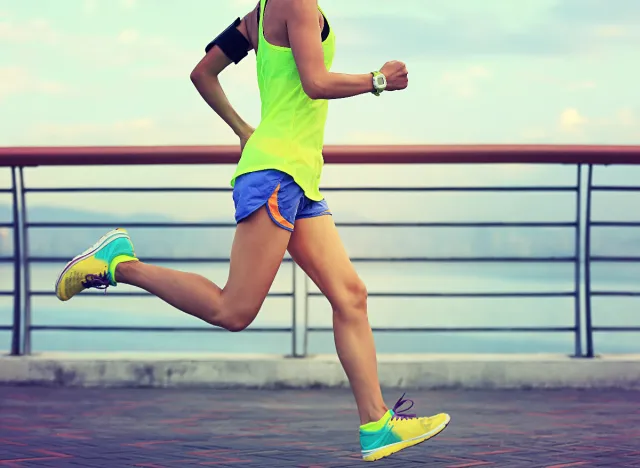
Before diving into shoes, it’s important to understand the mechanics of walking and running. When you walk, one foot is always in contact with the ground, and the impact on your joints is relatively low. Your body moves in a smoother, rolling motion from heel to toe. In contrast, running involves both feet leaving the ground simultaneously, which increases impact on your feet, ankles, knees, and hips. The difference in motion and impact means that your shoes must accommodate these activities differently.
Walking shoes are designed to support a more straightforward, rolling gait while running shoes are built to cushion the higher impact of running and support faster, more dynamic movements.
Key Features of Walking Shoes
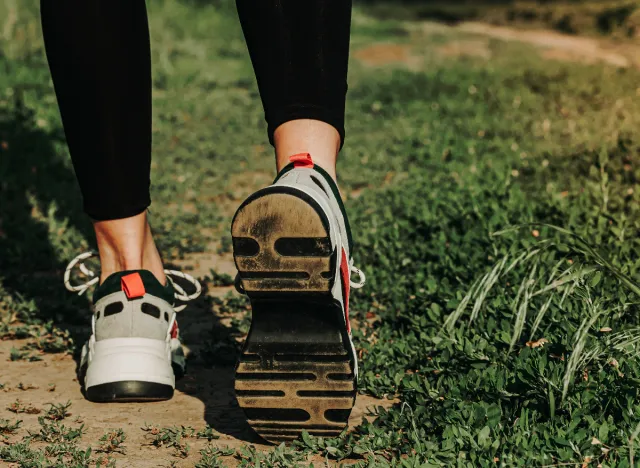
When shopping for walking shoes, comfort and support are your top priorities. Since walking involves a more consistent, rolling motion, you’ll want flexible yet sturdy shoes to support your feet for extended periods.
Look for these features in a good walking shoe:
- Cushioning: Walking shoes generally don’t need as much cushioning as running shoes, but you’ll still want enough padding for comfort.
- Flexibility: Look for shoes that flex easily at the forefoot to support a smooth heel-to-toe transition as you walk.
- Arch Support: Proper arch support is essential for stability and reducing the risk of foot fatigue or pain.
- Flat Heel: A lower, flatter heel helps maintain a more natural gait for walking.
A good pair of walking shoes should feel comfortable right away without needing much break-in time. They should also provide enough stability to secure your foot on longer walks.
Key Features of Running Shoes
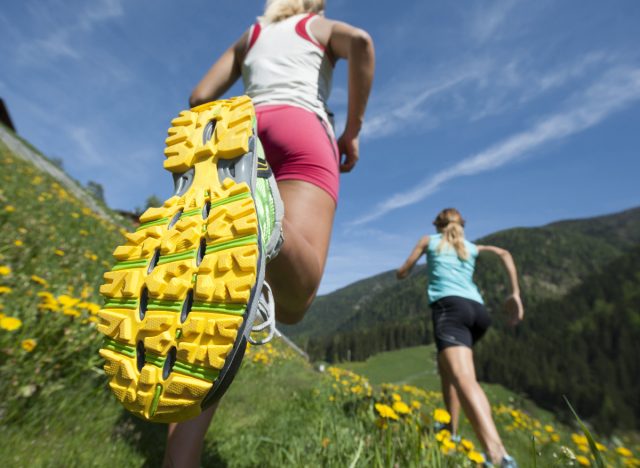
Running shoes need to handle more stress than walking shoes. Since running involves repeated high-impact strikes, cushioning, support, and shock absorption are key to keeping you comfortable and injury-free.
Here’s what to look for in running shoes:
- Cushioning: Running shoes have more cushioning than walking shoes, particularly in the heel and forefoot, to absorb the impact of each step.
- Heel-to-Toe Drop: Running shoes often have a higher heel-to-toe drop, which helps propel you forward and absorb shock.
- Stability: If you overpronate (your foot rolls inward too much) or underpronate (your foot rolls outward), look for shoes that provide the right stability to correct your gait.
- Breathability: Running generates more heat, so look for shoes with mesh uppers or breathable materials to keep your feet cool and comfortable.
A good running shoe will protect your joints, cushion the repeated impact of running, and allow your feet to move naturally at higher speeds.
Should You Have Separate Pairs of Walking and Running Shoes?
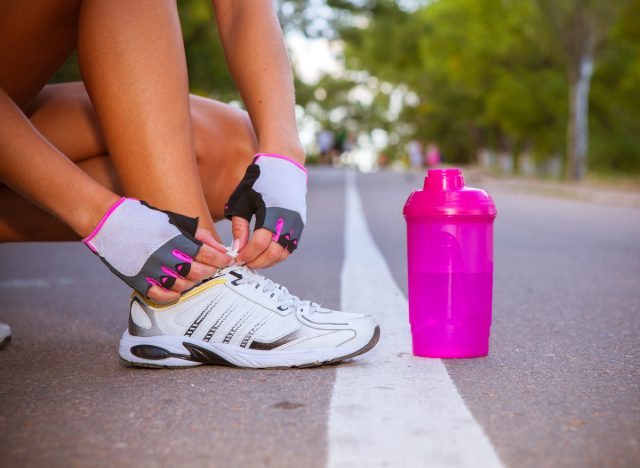
Here’s the big question: Do you need separate shoes for walking and running?
The short answer is, ideally, yes. While you can get away with using running shoes for both activities, wearing walking shoes for running isn’t a good idea. Running shoes are built to handle the higher impact and dynamic motion of running, while walking shoes lack the cushioning and support needed for those intense movements.
If you only walk occasionally but run regularly, you could stick to a pair of running shoes for both. However, if you do a lot of both activities, having separate shoes is worth the investment. Using shoes designed specifically for each activity will keep you more comfortable, reduce the risk of injury, and extend the life of both pairs of shoes.
Frequently Asked Questions
Do You Need Separate Pairs?
Can I use the same pair multiple times?
Yes, you can reuse the same pair multiple times in different outfits. Mixing and matching your items can create a variety of looks without needing separate pairs for each ensemble.
What are the benefits of having multiple pairs?
Havig multiple pairs of the same item can simplify your wardrobe choices and allow for more convenient outfit planning. It can also provide backup options in case one pair gets damaged or worn out.

